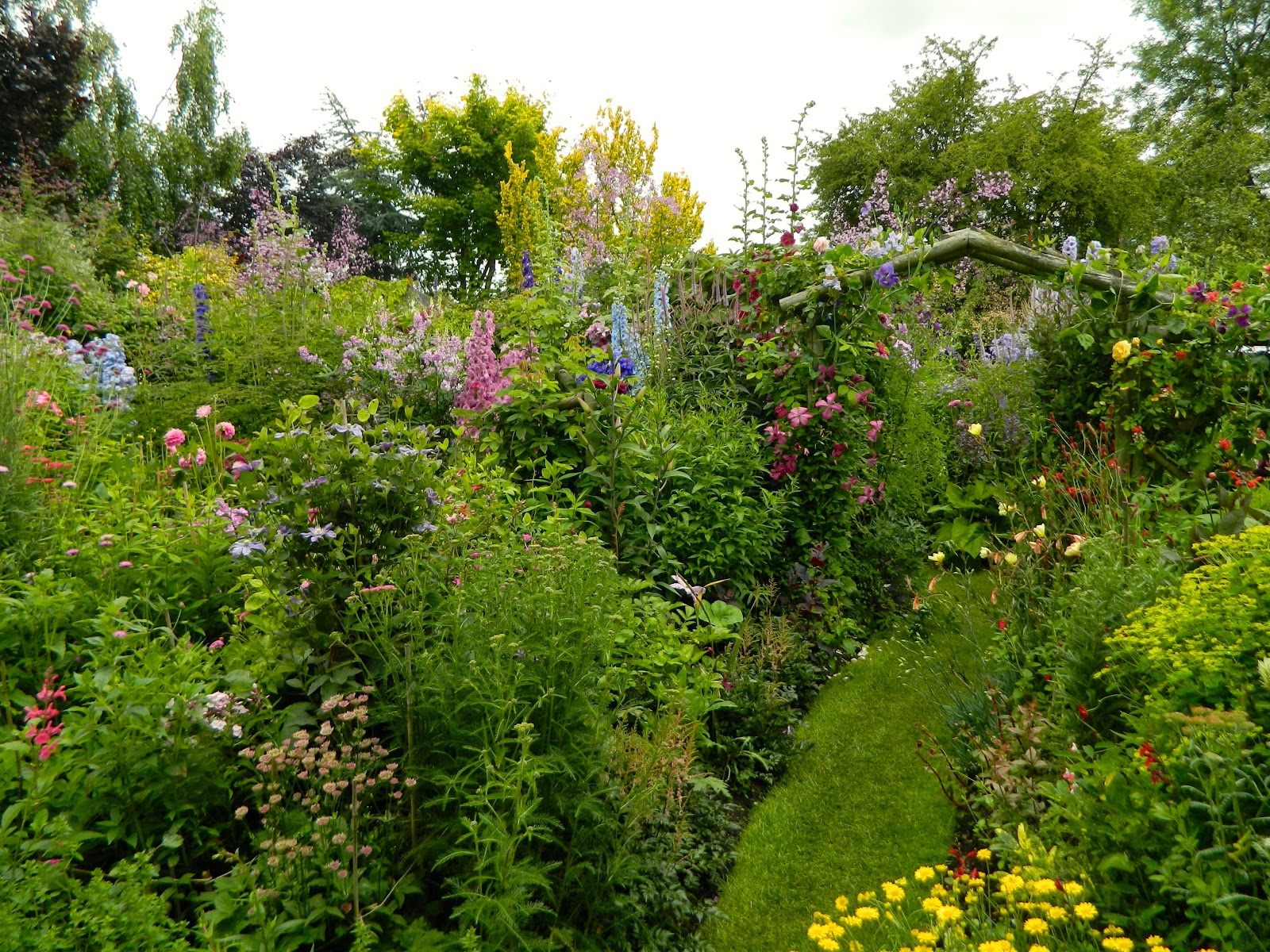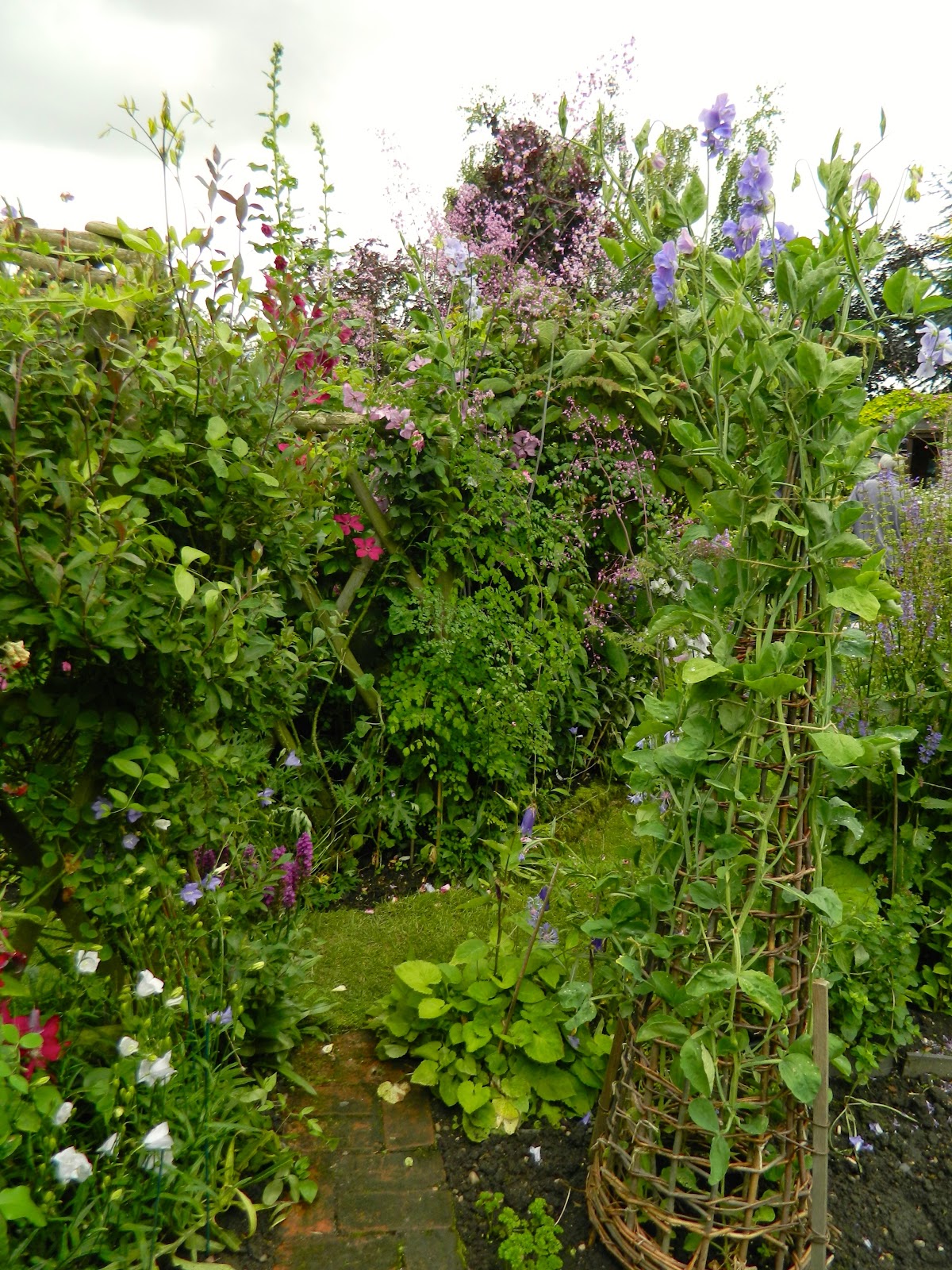 |
| I first saw the one-legged sparrow in my November 2014 garden |
The cute one-legged sparrow has visited my garden every day for the past three months. He (or she) pecks at the seeds that fall to the ground under the bird feeder, sometimes for hours. The song sparrow, Melospiza melodia, is a common brown sparrow with heavy dark streaks on on its chest coalescing into a central dark spot. The female song sparrow's appearance is the same as the male's, which is why I don't know if my one-legged friend is a 'he' or a 'she.' Sparrows are ground feeders, so it doesn't matter that he can't land on the bird feeder above him.
In the winter months H.H. provides a heated water dish near the bird feeder. The one-legged sparrow has no trouble hopping onto the rim for a drink. When the water is at a low level, I sometimes think he will fall in, but he doesn't ...
When I made a Google search, I found sparrows with only one leg are not unusual. They are resilient and unfazed by their disability. I hope mine is around for the Bird Count that is taking place from February 13 through 16 this year. Click here for more information.
Launched in 1998 by the Cornell Lab of Ornithology and National Audubon Society, the Great Backyard Bird Count was the first online citizen-science project to collect data on wild birds and to display results in near real-time.I urge my gardening friends to join in the count this year. It's simple to do and can be done anywhere in the world.
Since then, more than 100,000 people of all ages and walks of life have joined the four-day count each February to create an annual snapshot of the distribution and abundance of birds. -- Cornell University
Some of the birds in my garden this week, in addition to my one-legged sparrow ...
 |
| Male Eastern Bluebird |
 |
| Feemale Eastern Bluebird |
I think the female bluebird, while not such a bright blue as the male, is extremely pretty! Don't you agree?
 |
| Female and Male Eastern Bluebirds |
I bought H.H. a new squirrel-proof bird feeder for Christmas. The nuthatch was the first to check it out.
 |
| White Breasted Nuthatch before the latest snow storm |
 |
| Male Northern Cardinal |
 |
| Female Northern Cardinal |
 |
| American Goldfinch waiting for his turn at the feeder |
 |
| American Goldfinch |
 |
| White Breasted Nuthatch |
I love all the birds, but my favorite (today anyway) is the cheeky titmouse. His character always comes through in pictures of him.
 |
| Tufted Titmouse |
As well as the seed feeder and the heated water dish, H.H. also provides suet.
 |
| Female Downy Woodpecker on the suet feeder |
Back to my one-legged visitor: Song sparrows return to the same area each year, defending their small territory by singing from thick shrubs. Their song consists of three short notes followed by a varied trill, sometimes interpreted as Madge-Madge-Madge, put on your teakettle-ettle-ettle. They can live for 5+ years, so I hope my resilient one-legged friend is around for that long.
Time for me to put on my teakettle. A cup of tea in my favorite chair looking out at the birds visiting feeders and water dish: Bliss!
Happy backyard birding!
Pamela x
 |
| Cardinal checks out the suet. |
~~ I love reading your comments. I hope you leave one so I’ll know you visited!
I look forward to visiting your blog in return.









































